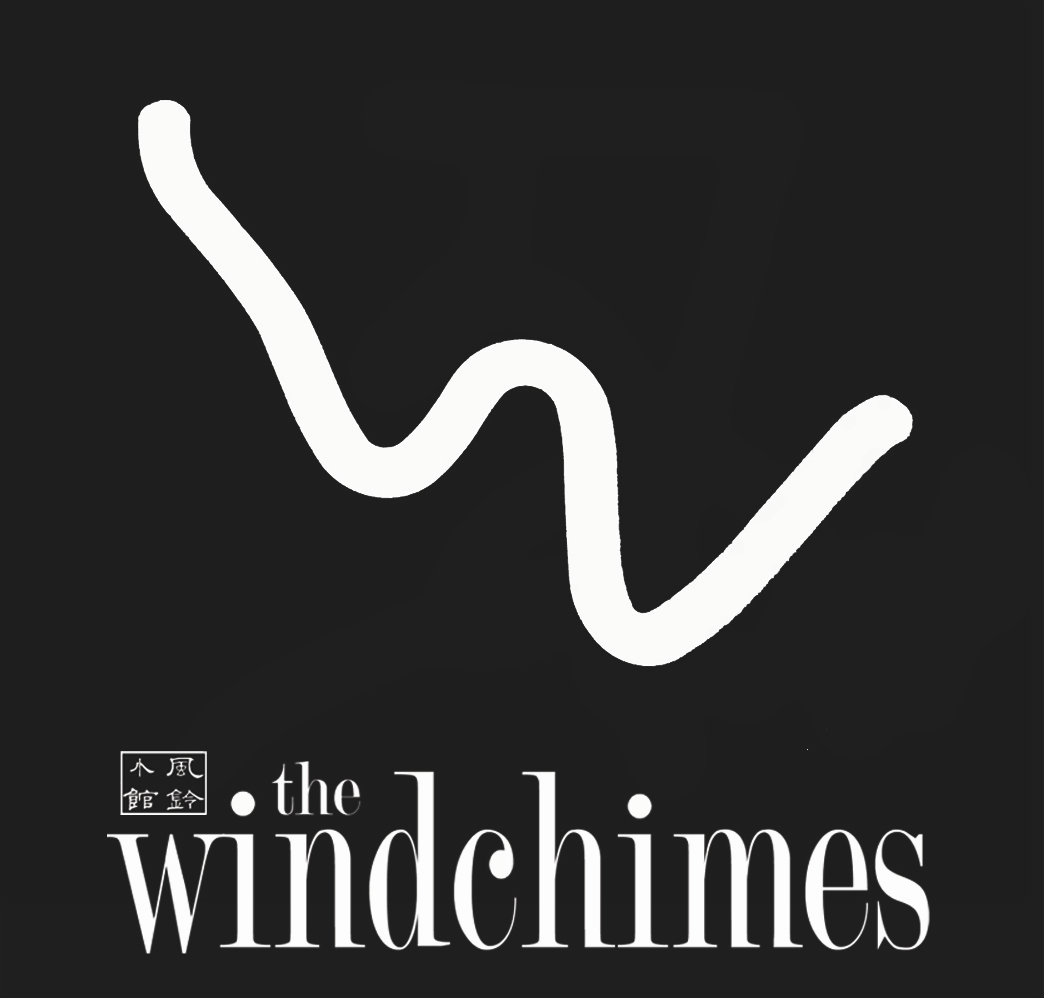As I slowly eat my way through the Windchimes Menu I realized that there were a lot of dishes that included an ingredient that typically isn’t part of a main dish: Fruit. I was curious why this was such a staple in Chinese food ranging from Orange, Mango, to even Pineapple. I dug around to see why this was an important ingredient to some of my favorite dishes and here’s what I found:
One way chefs create new dishes is to make use of fruits in season. Doing so produces dishes with new color, texture, and flavor. When fruits are not in season they need not despair, but use them dehydrated. They can and do use fruits such as raisons, dried apricots, sugared preserved fruits such as jams, and even canned and frozen fruits.
In southern cooking, such as that around Guangzhou, chefs make use of local fresh fruits frequently using peaches, lychees and longans. Perhaps because of influences from neighboring south sea islands, they also find and use pineapples, bananas, coconuts, and rambutans. In the mid-Yangtze valley in and around Shanghai, Hwaiyang and Yangzhou, chefs use fresh apples, dates, and pears and their preserved relatives. In the north, around Beijing and Shandung, apples, apricots, pears, persimmons, and dates are popular fresh and dried. And in the west, chefs from the Hunan and Sichuan provinces add fruits to their spicy dishes including oranges, longans, and lychees to satisfy their yen for sweet in their dishes. Occasionally sweet dishes without spiciness are even used departing from the routine flavorings in this region.
Since Chinese do not make clear demarcations between medicinal herbs and fruits or vegetables, in their cooking they also use herbs such as dried san tza which are crab apples or go ji better known as Lyceum Chinese. Both of these herb-fruits have a slight sweet and an acidic taste; people like them because they are good for you and highly nutritious.
So, next time you are in check out some of the dishes that include fruit and think about how great it is to be able to have this dish all year round!








